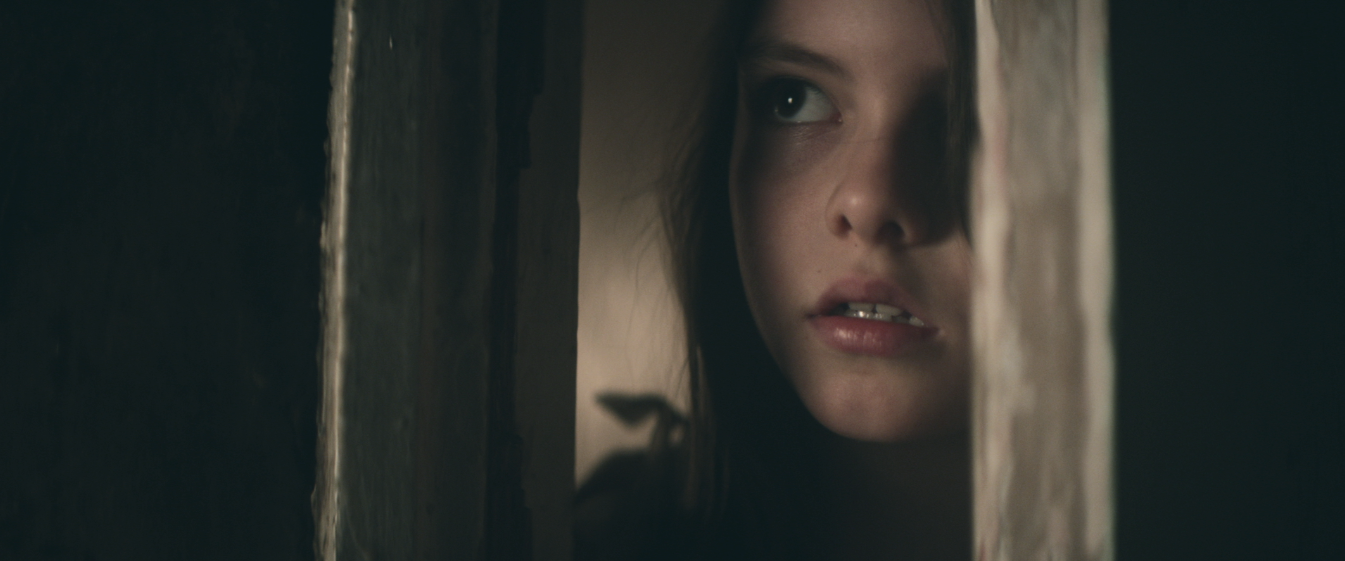

The House that I feel resembles the Internet. Nations, arise in the House of Rumour, a place where nothing can be believedīecause everyone is augmenting, distorting, and fabricating narratives. Narratives like the legend of Troy that define and celebrate cultures and Of Bill O’Reilly’s “No Spin Zone.” All stories, from water-cooler talk to the Here and the gossips spread the word, so to speak. This stuff is really important because we as a nation are trying to process what all this spy stuff means, and we can learn quite a bit about it from the past, especially since that past is not all that different from the present. Of the times-and now it has come to the Folger. Mysteries and the “Spymaster Chronicles.” Since 2005 there have been five differentīiographies on Walsingham in English and more in other languages. This is in addition to the fictional “Kit Marlowe” and “Ursula Blanchard” The life of Queen Elizabeth’s spymaster always makes for a good, marketable book,īiographies of the father of English counterintelligence have mushroomed sinceĢ001. The tactics and overarching strategies that this student experiencedĪs a secret agent were actually quite similar to those narrated in theīiographies on Walsingham-which are flourishing now, by the way. Walsingham’s tactics with those of this age, and the conclusion was that almost Practices in counterespionage, this student was well-suited to compare (or his) was a retired government operative who chose to do a paper on Scholar in the field of Renaissance literature), that a former student of hers

Learned from another source, who shall remain nameless (actually a renowned Intensifies their work and shines a new light on age-old questions about the epistemological Rather than rendering humans obsolete, dataveillance only That they sought to “own” and “master” the internet in the years following 2001.Īfter all, humans are still needed to parse and interpret the intelligence Although they are backing off this claim now, the NSA and GCHQ asserted Operandi remain the same: attaining total knowledge through covert methods Its guiding principles in the 20 th century,” I have been finding Surprised by the fact that “Renaissance principles of cryptography are still Of particular interest to me is the unusually firmĬonnection between Renaissance methods of encoding and our own. Is a testament to not only the widespread use of cryptography in the Renaissanceīut also to our own age’s increased awareness of and fascination with the world Or, as Sherman says here of William Friedman’sĮncoded drawing of a flower, it is “mind-blowingly clever, and fun.” This exhibit The Folger Shakespeare Library, has put together an exhibit called Decoding the Renaissance: 500 Years of CodesĪnd Ciphers. One of my sources (a very kindĬolleague) has informed me of a new exhibit at the Folger. Thought I would emerge from my application hibernation to write about somethingĮveryone who reads my blog has to check out.


 0 kommentar(er)
0 kommentar(er)
